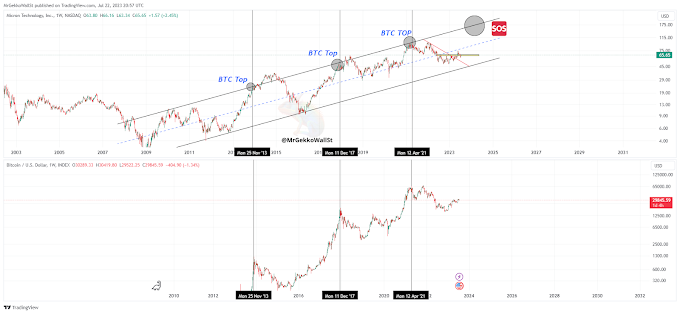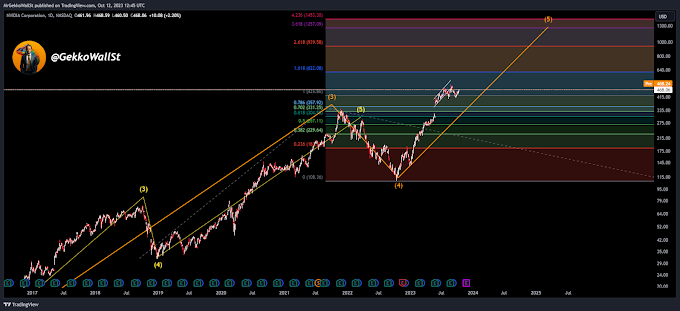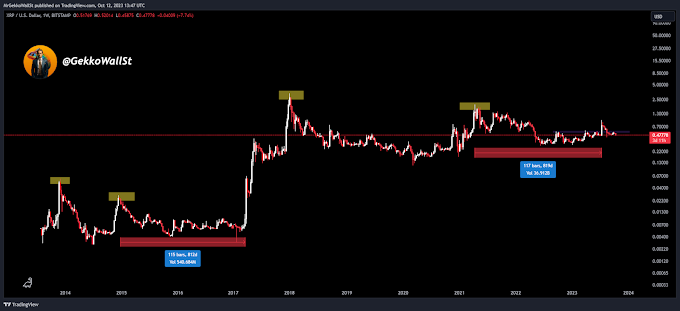When it comes to investments, I have my own way of dealing with the complexities of the financial market. I'm one of those who prefer to dive in headfirst, unafraid to take risks but with a firm clarity about the limits I'm willing to face. After all, I believe that once you've acquired an asset and can't sleep at night, you're on the wrong path. I'm going to share some steps that, although they may seem basic, are fundamental, especially for those just starting in this intriguing world of investments:
1st Step - Defining Objectives: First and foremost, it's crucial to reflect on what I really want to achieve and how I want to do it. I have to ask myself if I have the necessary resilience to face market volatility.
2nd Step - Objectives and Risk Profile: After understanding my own objectives, it's important to align them with my risk profile. Am I looking to accumulate wealth in the long term, speculate in the short term, or focus on retirement? It's essential to consider my age and willingness to take risks. Before investing, research is my best ally; the more I know about an asset, the better I'll understand its workings and dynamics.
3rd Step - Smart Diversification: Diversifying assets is a crucial tool for mitigating risks and exploring new opportunities. Especially in volatile financial markets like emerging markets, diversification plays a fundamental role. Additionally, maintaining investments in fixed income provides a safe haven to weather crisis moments and improve the average price of variable income assets.
4th Step - Planning the Exit: In the world of investments, we can't marry assets for life. Some may be worth it, but the golden rule is "if it's going to fail, fail fast." Slowly peeling off the band-aid is not advisable, as it can be more painful.
5th Step - The Virtue of Patience: Patience is the most challenging point, in my opinion. Those who lack it end up losing money and, more importantly, their health. Well-cultivated patience prevents emotions from taking over. When emotions come into play, the investor tends to become a skater, never advancing.
6th Step - Self-Knowledge: Knowing your own limits is fundamental. My approach can be intense, requiring a strong stomach and nerves of steel, something I believe to be rare. There's no one-size-fits-all formula for this; every investor has a distinct profile. However, a common point is the importance of maintaining liquidity, which can prove valuable even when it wasn't in the initial plan.
By following these steps, I'm better prepared to navigate the complexities of the investment world and make informed decisions while maintaining an approach that fits my risk profile and personal objectives. Remember, in the financial market, self-awareness and discipline are as crucial as any strategy.





